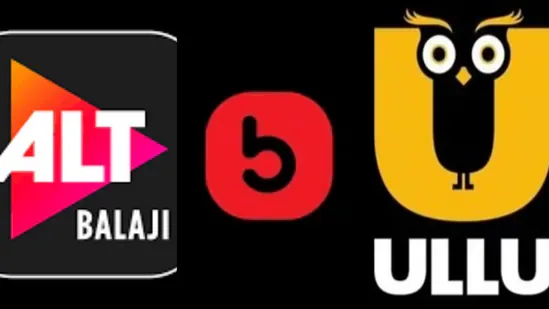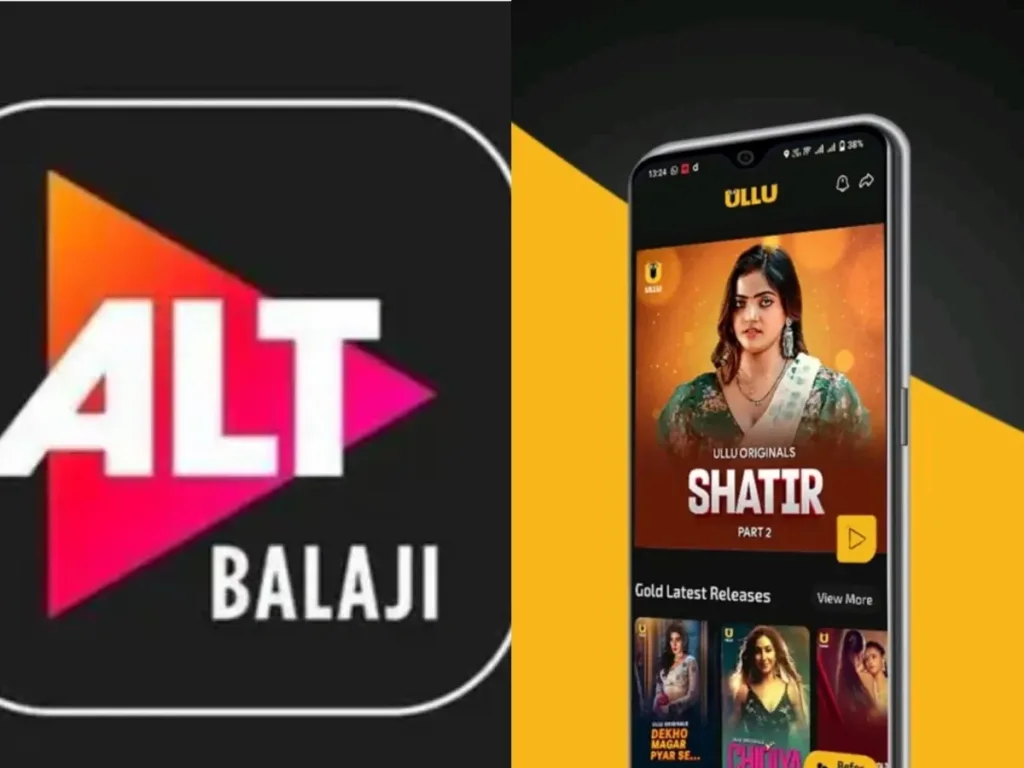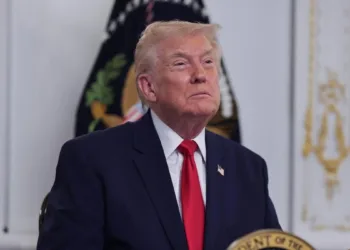In a sweeping digital content regulation move, the Government of India banned 25 over-the-top (OTT) platforms on Friday for streaming ‘indecent content’ and instructed internet service providers to disable public access to these websites. This unprecedented action represents one of the largest content-related bans in India’s digital entertainment history.
Table of Contents
India Bans: What Happened and Why?
The Ministry of Information and Broadcasting has ordered a ban on 25 OTT platforms, including ALTT, Ullu, Big Shots App, Desiflix, Boomex, Navarasa Lite, and Gulab App among others for allegedly promoting “obscene, vulgar and in some cases, pornographic content”. The action was taken under the Information Technology Act, 2000, following extensive consultations with multiple government departments.

According to ministry sources, much of the content showcased by these platforms involved graphic sexual innuendos, long sequences of nudity, and pornographic visuals. “There was hardly any storyline, theme, or message in a social context,” it said.
Complete List of Banned OTT Platforms
| Major Platforms Banned | Category | Key Issues |
|---|---|---|
| ALTBalaji (Ekta Kapoor’s platform) | Mainstream OTT | Adult content violations |
| ULLU | Adult-oriented streaming | Pornographic material |
| Big Shots App | Regional content | Obscene content |
| Desiflix | Indian content | Vulgar material |
| Boomex | Entertainment app | Adult content |
| Navarasa Lite | Regional platform | Inappropriate content |
| Gulab App | Streaming service | Content violations |
| MoodX | Adult platform | Explicit material |
| Dreams Films | Entertainment | Vulgar content |
| Voovi | Streaming app | Adult material |
| Yessma | Digital platform | Inappropriate content |
| Hunters | Entertainment app | Explicit content |
| Rabbit | Streaming service | Adult material |
| Prime Play | OTT platform | Content violations |
| Additional 11 platforms | Various categories | Similar violations |
Legal Framework Behind the Ban
The ban operates under the Information Technology Act, 2000, specifically targeting platforms that violated digital content guidelines. After several consultations with concerned departments, MHA, MWCD, MeitY, the Department of Legal Affairs, and industry bodies FICCI and CII, as well as women and child protection activists, the ban was taken by the government.
The Ministry of Electronics and Information Technology has been actively monitoring digital content compliance, and this action represents a broader effort to regulate online streaming platforms in India.
Industry Impact and Market Response
The ban significantly impacts India’s growing OTT market, valued at over $1.8 billion. ALTBalaji, backed by television producer Ekta Kapoor, was among the mainstream platforms affected, highlighting that even established players face scrutiny for content compliance.
Market Implications:
- Immediate revenue loss for banned platforms
- Stricter content guidelines for remaining OTT services
- Increased self-regulation pressure on streaming platforms
- Potential investor caution in adult content segments
Popular platforms that had millions of downloads were using social media aggressively to promote content. Collectively, they had amassed over 3.2 million users across various platforms before the ban.
Content Regulation Trends in India
This crackdown aligns with India’s broader digital sanitation campaign. The Ministry of Electronics and IT revealed in Parliament that 1,524 illegal online betting, gambling, and gaming apps and websites have been blocked between 2022 and June 2025.
The government’s approach reflects growing concerns about:
- Child safety online – Protecting minors from inappropriate content
- Women’s dignity – Preventing exploitative content representation
- Cultural values – Maintaining societal standards in digital media
- Legal compliance – Ensuring platforms follow Indian laws

What This Means for OTT Viewers
For millions of Indian OTT consumers, this ban represents a significant shift in available content options. Users who subscribed to these platforms will need to:
- Seek refunds for unused subscription periods
- Explore alternative platforms with compliant content
- Understand new content guidelines for future platform choices
- Report inappropriate content on remaining platforms
The ban also sends a clear message to content creators about acceptable standards for Indian audiences, potentially influencing future content production strategies.
Global Context and Comparisons
India joins several countries implementing stricter OTT regulations. Similar actions have been taken by:
- China – Extensive content censorship and platform restrictions
- Turkey – Blocking platforms for content violations
- Indonesia – Requiring content compliance certifications
- UAE – Implementing content rating systems
However, India’s approach represents one of the most comprehensive single-day bans in recent global history, affecting both local and international streaming services.
Future of OTT Regulation in India
This ban likely signals more stringent content oversight ahead. The Information and Broadcasting Ministry may implement:
Enhanced Compliance Measures:
- Mandatory content rating systems
- Pre-screening requirements for adult content
- Regular compliance audits
- Stricter age verification processes
Industry Adaptation:
- Self-regulation initiatives by OTT platforms
- Content advisory boards
- Community guidelines enforcement
- Transparent content policies
For content creators and platforms, the message is clear: compliance with Indian cultural and legal standards is non-negotiable for market access.
What’s Next for Digital Entertainment?
The ban creates opportunities for compliant OTT platforms to capture displaced audiences. Mainstream services like Netflix, Amazon Prime Video, and Disney+ Hotstar, which maintain strict content guidelines, may benefit from increased user migration.
For investors and entrepreneurs in the digital entertainment space, this development emphasizes the importance of understanding local content regulations and cultural sensitivities when developing streaming platforms for the Indian market.
Stay updated with the latest digital entertainment news and technology regulations on our streaming technology section and digital policy coverage.
Frequently Asked Questions
Q: Will users get refunds for their paid subscriptions on banned platforms?
A: While the government hasn’t specified refund procedures, affected users should contact their payment providers or platform customer service for subscription refunds. Many digital payment platforms have dispute resolution mechanisms for service discontinuation scenarios.
Q: How can users identify if an OTT platform complies with Indian content guidelines?
A: Look for platforms that display content ratings, have clear community guidelines, implement age verification, and are registered with Indian authorities. Mainstream platforms like Netflix, Amazon Prime Video, and Disney+ Hotstar generally maintain compliance with local regulations and have transparent content policies.








